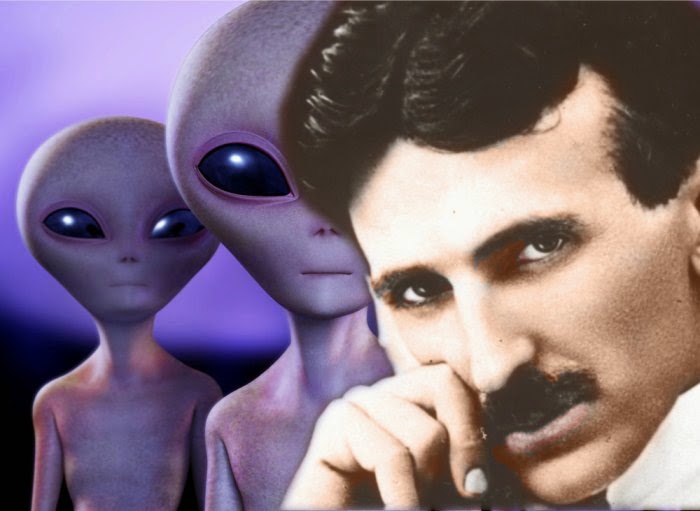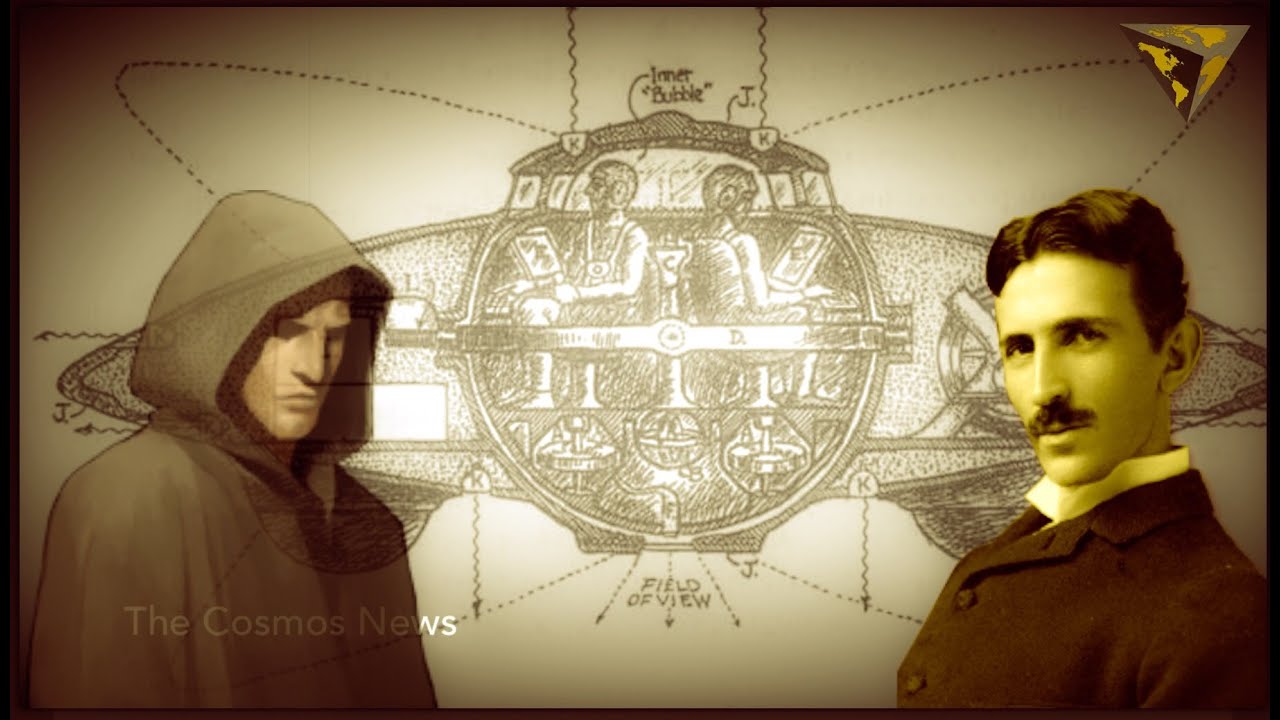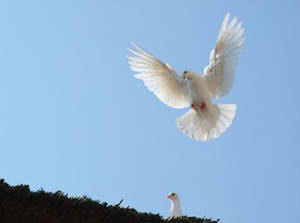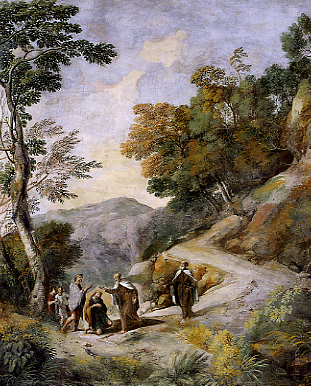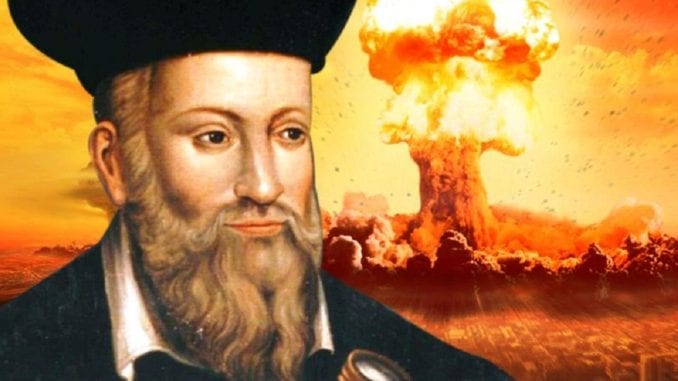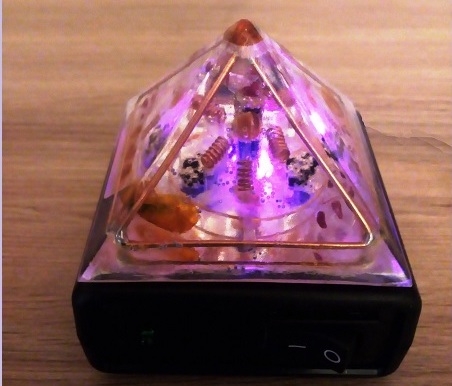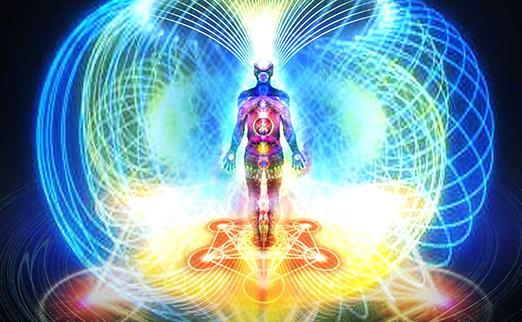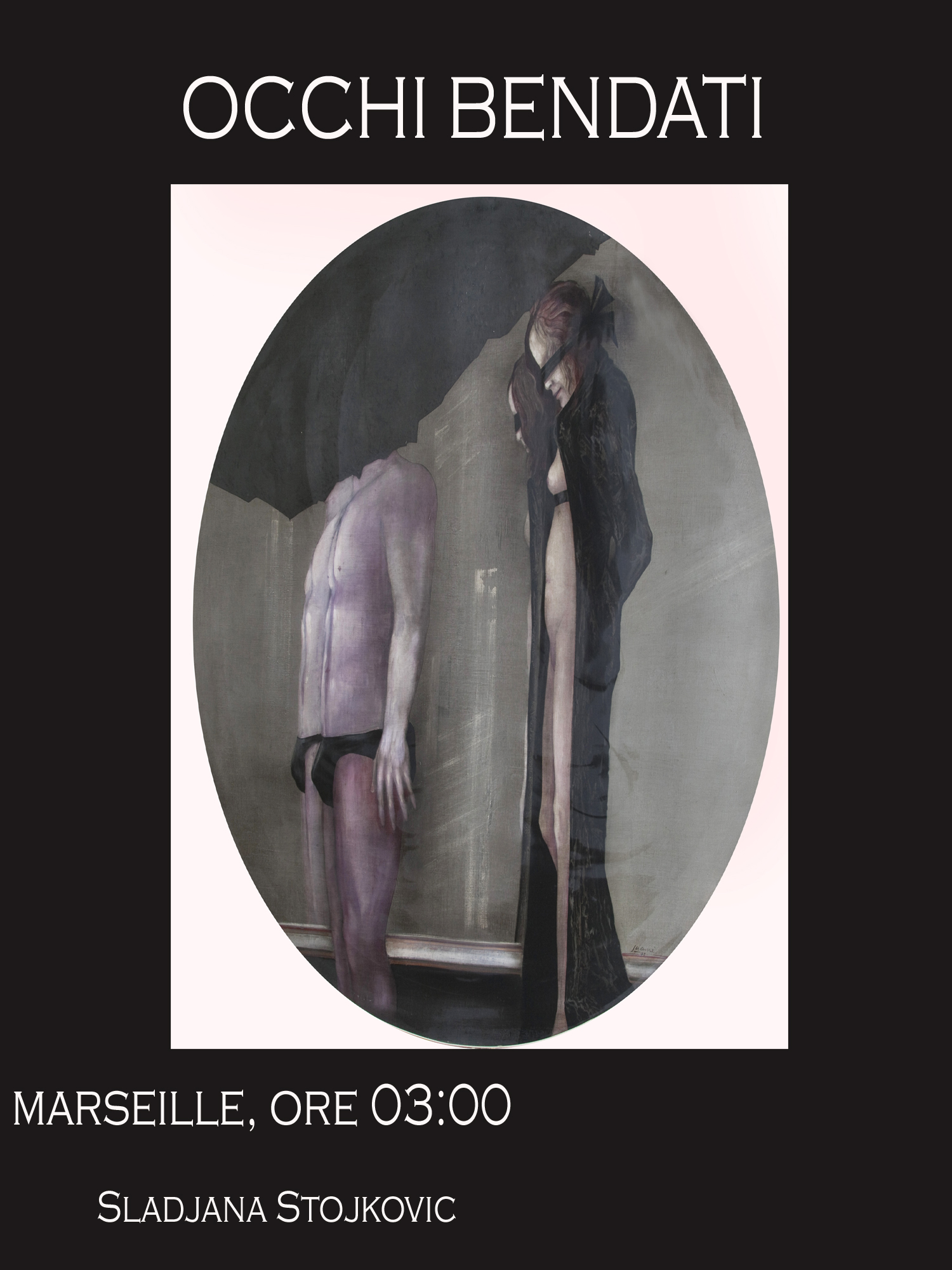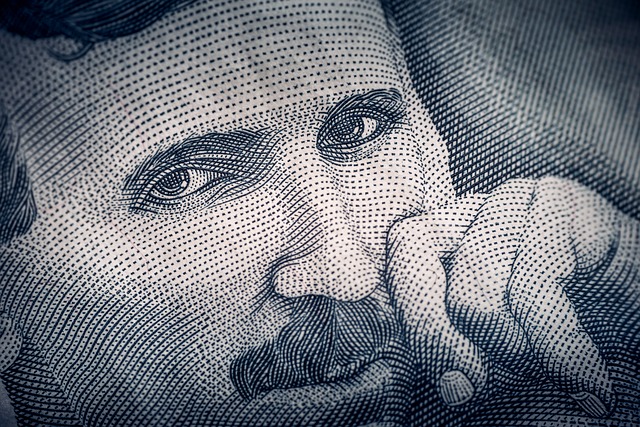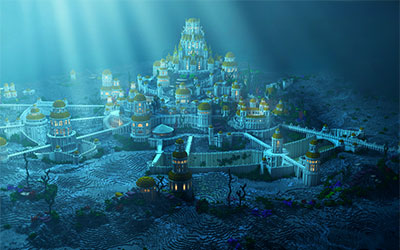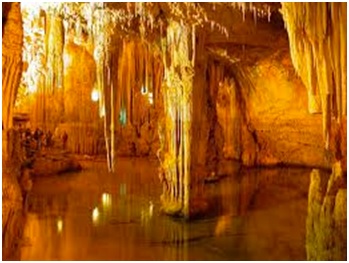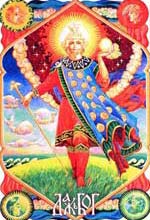
Dazbog was the god of fire, sun and rain.
Dazbog was considered a deity who gives, as it is expressed by his name. The first part of the name is "giving" that is a form of the verb give, and the second part is "god". But what does Dazbog exactly give? It is possible that it refers to the Sun or sunlight, because it is a very important process in nature. The Slavs have always attached great importance to the Sun. It has been the basis for life and has always been considered a positive element. In fact, the Sun has created the Earth and so the god of the sun is a giver, that is, Dazbog. He is one of several authentic Slavic gods, mentioned by a number of medieval manuscripts. He was mentioned by the Roman, Greek and Russian writers who have written about ancient Slavic religion.
In the translations from Greek texts into Slovenian, "Helios" was translated as "Dazbog". In the manuscript "Malalin" of the sixth century, Helios has been translated so. A Russian translator who tried to tell the story set in Egypt, instead of the names of Greek gods used the names of Slavic gods. Dazbog was also mentioned in the Spanish code "letter from Igor’s regiment" and many others. Vladimir the Great, in front of his palace in Kiev, has made seven statues of gods and Dazbog was among them too.
Dazbog was considered the patron of the hearth and for a human the fire was necessary in winter, as well as it was valuable help in different kinds of work. However, the fire could have a downside, it could turn against a person and take in the world of the dead or it could destroy the property. Fire protection was essential for survival and many rites are connected with the fire.
Dazbog was surely the god of rain too. One of his names is "Daždbo" and in many Slavic languages (Slovak, Czech, Russian, Polish ...) "dažd" means rain. The rain was important because the crop depended on it. If the weather was dry, various rites were held to invoke the rain.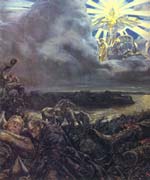
It is known that the Slavs addressed the gods as equals because they considered themselves as the gods’ descendants. In fact, they considered themselves as Dazbog’s grandchildren, his direct descendants. At that time grandparents and grandchildren could not meet because the life duration was much shorter.
Dazbog is a son of Svarog.
No one knows for sure how many children Svarog had, but it is quite certain that Dazbog was one of them. Some authors (Vyacheslav Vsevolod and Vladimir Toporov) refer to only two: Svarozic and Dazbog, while others attribute Perun, Svetovid, Dazbog and Veles to Svarog’s children, and all are called SVAROŽIĆ. In any case, Dazbog is present in all variants.
The sun, according to the belief, the day was in the sky and gave light while the night was sleeping in the realm of the dead. Actually every morning Dazbog rode a white horse in the sky, while at night he died and went to the other world and was reborn in the morning. This cycle of death and rebirth was very common in many pagan religions, as well as in Slavic paganism.
The Serbs called him Dabog and represented him as a lame old man, dressed in a bearskin, followed by a wolf. The wolf is actually the incarnation of the animal or its original form, which continued to exist even when Dazbog has become anthropomorphic. Dazbog often changed his shape, but the wolf was always his symbol. And as the Serbs considered themselves its descendant, the wolf has become a sacred animal. A famous legend says that the Serbs were created from the wolf, the Saracens from the wild boar, the Turks from the snake, the Tartars from the hunting dog, the Bulgarians from the bull, the Germans from the eagle ... "
Among the Slavs, the belief in the power of the sun was very strong. Čajkanović believes that God Dazbog was the leader of the Serbs. The Slavic festival dedicated to the invincible sun coincided with the very day of today's Christmas. It is well known that Roman emperor Constantine the Great, when he made Christianity the official religion, he also introduced the date of Christmas. This date coincided precisely with that of a pagan festival dedicated to the invincible sun, or the birth of the Sun. According to some sources, in that day, the Slavs and the Celts celebrated the festival dedicated to the Sun and as it was widespread, the Christians, to eliminate it, replaced it with a Christian holiday. They began to celebrate Christmas on that date from 336.
With the introduction of Christianity, Dazbog was demonized.
He became the most powerful demon rival of Christian God. It is possible that for this reason he was represented as an old lame man, with one eye covered by the dark skin of a bear, and according to the pagan belief he often stayed in the realm of the dead. However, it is also possible this was due to the fact that the worship of Dazbog was strong and had to be eradicated by any means. Later in Christianity, Saint Sava has assumed the characteristics of Dazbog, and in folk tales it is described as a pastor, followed by a wolf.
READ ALSO:
Perun is the god of the sky and thunder
Vesna was the goddess of spring
Horz is associated with the Moon
Radgost was the god of hospitality
Stribog is the god of the wind



